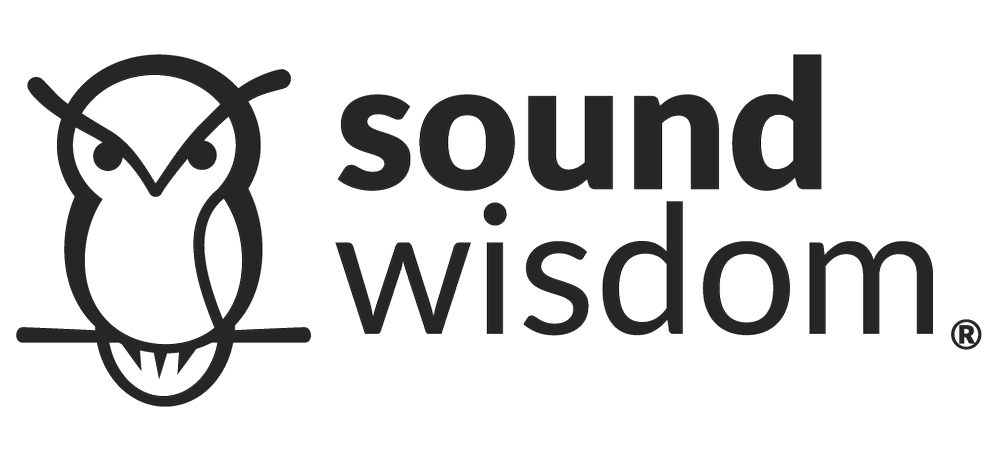Side Hustle Is the New Normal by Simon T. Bailey
All employees need to reconfigure their mindset to see themselves as self-employed employees. Corporations love talent, but they are no longer committed to keeping employees on the payroll for the sake of the good of the company. They’re now looking at how they can shave costs or increase their margins to grow a healthy bottom line. If that something means hiring the best talent that is available at the best time, for whatever length of time, they will do it.
Companies are looking at everything they spend to drive revenue, and labor is one of the No. 1 expenses. With that in mind, employees have to begin to say: “If I’m going to thrive long term, I need to have a side hustle.”
So the question becomes, how does one identify a side hustle?
Ensure it does not conflict with the product or services being offered by your company. You should not be working for a company that directly takes away business from your existing 9-to-5 job. Number one, it’s not good business and is ethically questionable, and number two, if your company finds out about it, your full-time gig will be in danger. \
Think of ways to leverage your talent outside of your full-time job so that you can invest time after work and enjoy it. If you work 9:00 a.m. to 5:00 p.m. but you have an interest in starting a restaurant or playing in a band or doing medical billing, can you carve out additional hours to pour yourself into the thing you love most?
Is there a temporary agency you can join that is looking for contract labor or freelancers? Some examples of what that looks like include Lyft, Uber, Airbnb, and Etsy.
There are websites specifically dedicated to helping you find a side hustle. If you’re not sure where to start, you can check out Side Hustle Nation or Fiverr to get some ideas about what you can do with your existing skills.
Side hustles are a great way to put a toe in the water if you’re thinking about leaving your full-time gig to do something else. You can test the waters before you make the full leap and determine how much you need to invest and what the long-term ramifications are without having to quit your job completely. Let a side hustle be your laboratory where you beta test future opportunities.
Note that pursuing a side hustle doesn’t always mean you have one foot out the door. Your side hustle can help you build skills and knowledge that inform your existing position.
For example, a friend of mine works a 9-to-5 job, but she is not able to exercise her writing skill set in that position. For her side gig, she writes articles for an outside company. The research that she does in order to write the articles is relevant to her 9-to-5 job and increases her knowledge for her full-time role.
As the world of work continues to evolve and change, side hustles will become more the norm.
The original post appeared here on Simon T. Bailey’s website and has been slightly modified for republication. For more inspiration from the author, pick up a copy of his books Shift Your Brilliance: Harnessing the Power of You, Inc. and Brilliant Living: 31 Insights to Creating an Awesome Life



